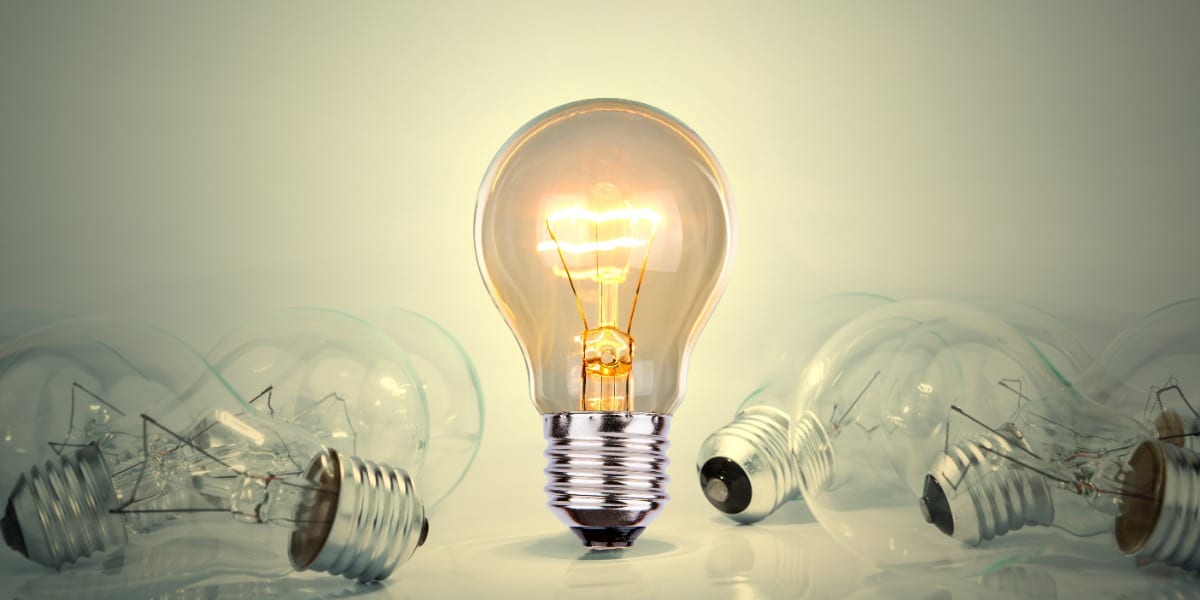E.coli Electroporation vs Chemical Transformation

This is the first in a three-part series on the transformation of E.coli. By the end of this, you should be an expert on E.coli transformation and on which strains to choose for different applications. If you’re already an expert, I hope it’ll be an enjoyable refresher for you. In either case, please comment below if you have anything to add.
Using Electricity for Transformation
Foreign DNA can be introduced into competent E.coli using electroporation or chemical transformation. When using electroporation you apply an electric current across the cell. The current is thought to create momentary “pores” in the cell membranes, which force the negatively charged DNA into the cells by an electrophoresis-type effect. To make electro-competent E.coli, thoroughly wash the cells to remove all medium salts. This ensures that the charge is not conducted through the medium. Also, perform the electroporation at 0°C to minimize heat damage to the cells.
Chemicals: They Work Also
To make chemically competent cells, resuspend E.coli in a CaCl2 solution at 0°C. Under these conditions, the Ca2+ ion is thought to create pores in the membrane, assist binding of the DNA to the cell membrane and mask the negative charge on the DNA. Together, these ease the passage of DNA through the hydrophobic cell membrane. Force the DNA into the cells by applying a short 42°C heat shock, which results in a thermal current that sweeps the DNA into the cells.
The Pros and Cons of Each
Electroporation is less cumbersome than chemical transformation and generally gives higher transformation efficiencies (measured in colonies formed per microgram of DNA). However, it is more expensive. It requires a specialized apparatus to deliver the charge and cuvettes to transfer the charge to the cell suspension. Electroporation is sensitive to salt – you can lose precious samples if excess salt is carried over into the cuvette.
Personally, I prefer chemical transformation. Although it takes around half-an-hour longer, I find that the results are more predictable and I like the fact that a greater volume of DNA can be added if the concentration is too low. You can’t increase the volume of DNA with electroporation because of the risk of adding too much salt to the solution. Although the commonly cited drawback of chemically transformation is its lower efficiency, you can now buy ultra-competent cells, such as Stratagene’s XL10-gold, so this is no longer so much of a problem.
For a constant supply of high-quality competent cells, download bitesize bio’s chemically competent cells protocol cheat sheet—your reliable set of instructions to prepare chemically competent cells in the lab.
Articles in this series:
- E.coli Electroporation vs Chemical Transformation (this article)
- Competent E.coli: To Buy or Not to Buy?
- Choosing A Competent E.coli Strain
Originally published on September 18, 2007. Revised and updated on July 11, 2016.
1 Comments
Leave a Comment
You must be logged in to post a comment.
You can add more DNA to electro-competent cells by desalting the DNA solution first. Float the membrane on water, drop the DNA solution on the membrane for a few minutes, then pipette it into the bacterial solution as normal. Quick and easy!